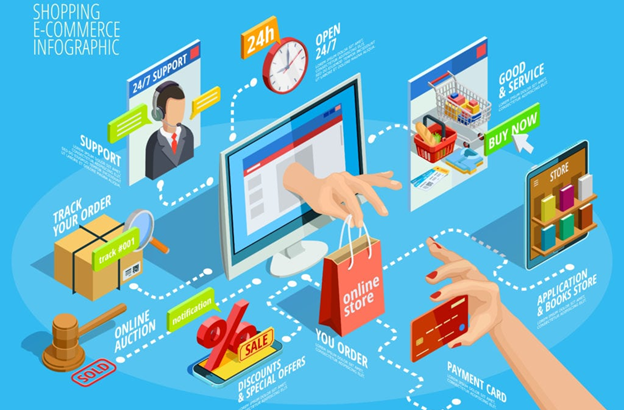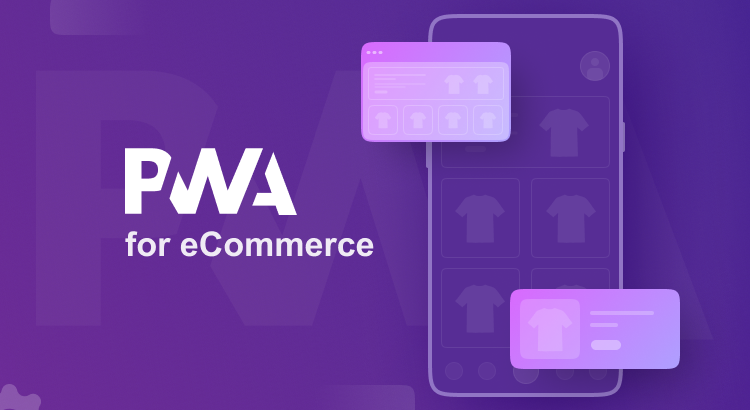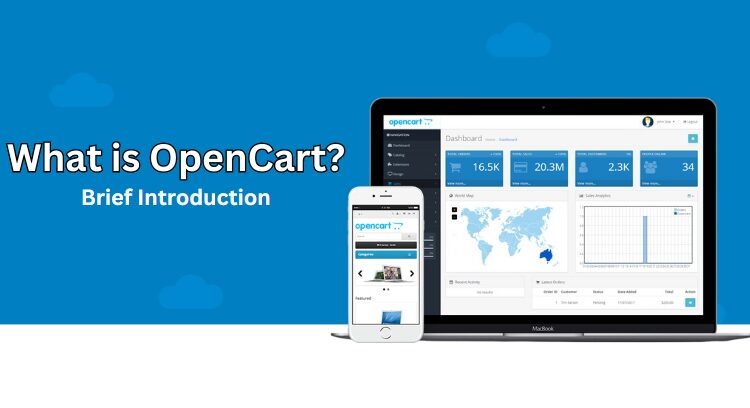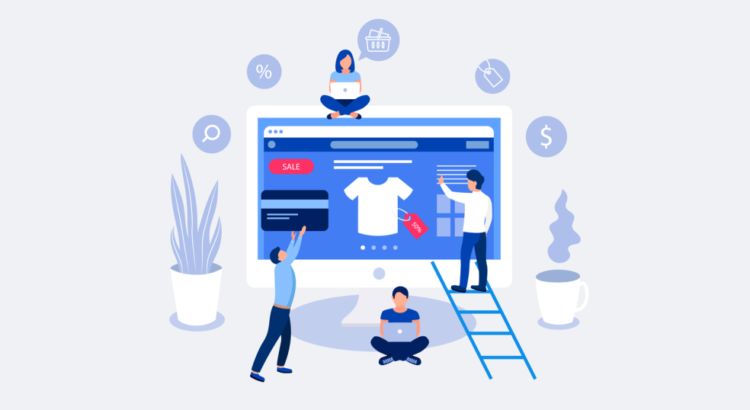In the competitive landscape of online commerce, constructing a website that not only attracts visitors but also converts them into customers is essential for business success. Let’s explore the key components necessary for building a top-tier ecommerce platform.
- User-Friendly Design: An intuitive and visually appealing design is crucial for engaging users. Ensure easy navigation, clear calls-to-action, and a responsive layout that adapts to various devices and screen sizes.
- Robust Ecommerce Software: Choose a reliable ecommerce platform that offers features such as inventory management, order processing, secure payment gateways, and customizable product pages. Whether self-hosted or hosted, the software should align with your business requirements.
- Product Catalog Organization: Organize your products into logical categories and subcategories to simplify navigation. Implement search functionality with filters to help users find specific products quickly.
- Compelling Product Descriptions and Imagery: Provide detailed and persuasive product descriptions that highlight key features and benefits. High-quality images from different angles enhance the visual appeal and provide customers with a clear understanding of the product.
- Streamlined Checkout Process: Minimize cart abandonment by optimizing the checkout process. Keep it simple and user-friendly, with minimal steps and distractions. Offer multiple payment options and ensure a secure checkout experience.
- Marketing and Promotion Strategies: Drive traffic to your website through effective marketing tactics. Utilize SEO techniques to improve search engine visibility, and leverage email marketing, social media advertising, and content marketing to engage with your audience and promote your products.
- Ongoing Optimization and Testing: Continuously monitor and analyze website performance metrics to identify areas for improvement. Conduct A/B testing to experiment with different elements of your website and optimize for better results.
By focusing on these essential components and continuously refining your ecommerce website, you can create a high-performing platform that attracts customers, drives sales, and fosters long-term success for your business.





